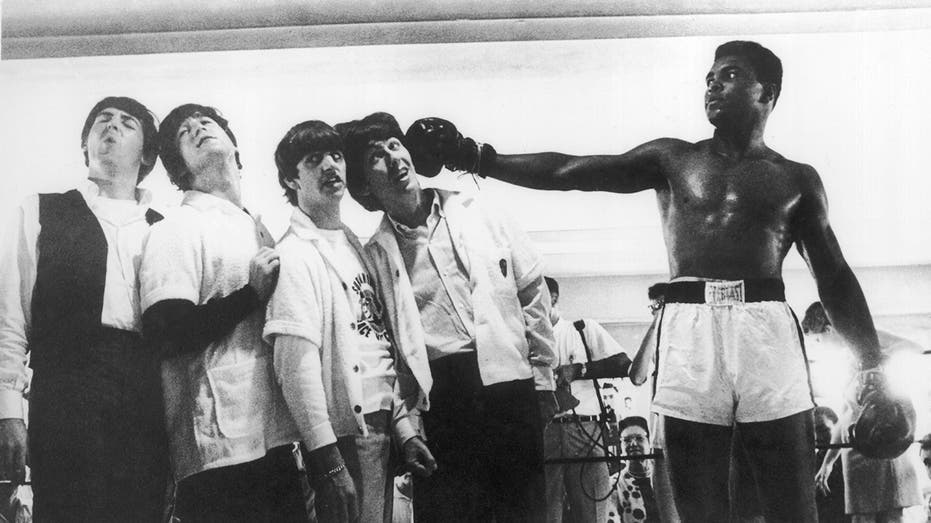Could Shein set its sights on Asos after putting Boohoo in the shade?
The hierarchy of the UK’s fast fashion industry looks to have shifted after Shein’s UK sales eclipsed Boohoo’s for the first time. The Chinese-founded online retailer, which is on track for a bumper IPO on the London Stock Exchange, achieved a revenue of more than £1.5bn in 2023, it was revealed this week. Shein also [...]


The hierarchy of the UK’s fast fashion industry looks to have shifted after Shein’s UK sales eclipsed Boohoo’s for the first time.
The Chinese-founded online retailer, which is on track for a bumper IPO on the London Stock Exchange, achieved a revenue of more than £1.5bn in 2023, it was revealed this week.
Shein also posted an annual profit of £18.7m, a significant rise from the £9.8m it made in the prior 12 months.
The company’s increased sales come after Boohoo’s sales fell from £1.7bn to £1.4bn in its year to 29 February, 2024.
Announcing its results in May, Boohoo also revealed that its pre-tax loss had winded from £90.7m to £159.9m over the financial year.
So what could the future hold for Shein and Boohoo following the former overtaking the latter?
Shein’s UK growth shows now signs of slowing
Dr Gordon Fletcher, associate dean for research and innovation at the University of Salford’s Business School, has argued that Shein now might set its sights on Asos, whose sales are also falling, if it continues on its current trajectory.
He said: “The fast fashion order in the UK appears to have shifted.
“For the first time, the Chinese/Singapore retailer, Shein, has exceeded sales by competitor Boohoo with £1.55bn in sales.
“If it maintains this trajectory, the company may also come to challenge Asos which is experiencing falling sales against its 2023 figure of £3.5bn in 2023.
Question marks remain
Dr Fletched added: “Shein does come with a series of question marks regarding its business practice.
“This is particularly true for the sustainability of the model. Shipping directly from factories in China to consumers arguably cuts out intermediaries, but price comparisons also mean that locally manufactured and crafted items cannot compete.
“Boohoo, in contrast, produces clothes in Leicester, London and Manchester and where it does source from Asia, it is acting as an intermediary in ways that add cost to the final items.
“Even if Boohoo is taking advantage of cheaper labour costs found in different Asian countries, this
still does not add sufficient competitive advantage against the Shein model.
“There have been questions raised by human rights groups, BBC investigations and US representatives, about the use of systematic forced labour among Uyghur groups in China.
“Beyond this, a number of investigations by clothes bloggers, newspapers and National Public Radio (NPR) in the US have questioned the practice of closely borrowing designs from independent and smaller clothing brands from around the world.
“Removing the R&D (research and development) costs in the fast fashion world helps to shave margins and keep the final price tag low.
“These questions highlight a challenge to the consumers of fast fashion. If price is the only criteria for items that are worn once or twice then the sustainability of the supply chain that sits behind each item is never questioned or closely scrutinised.
“Knowing too much about what happens behind the scenes would tend to take the fun out of a Shein haul.”



